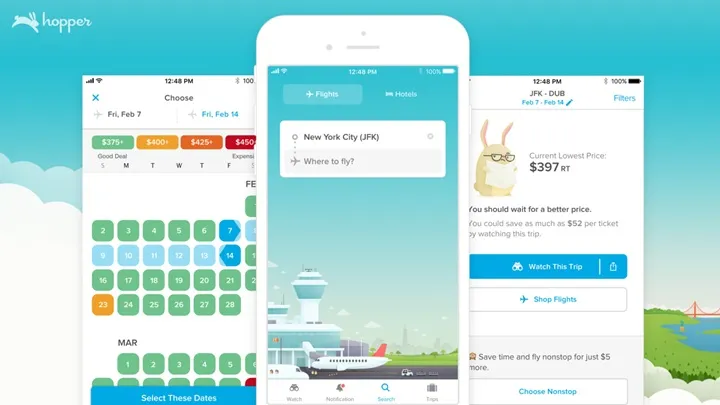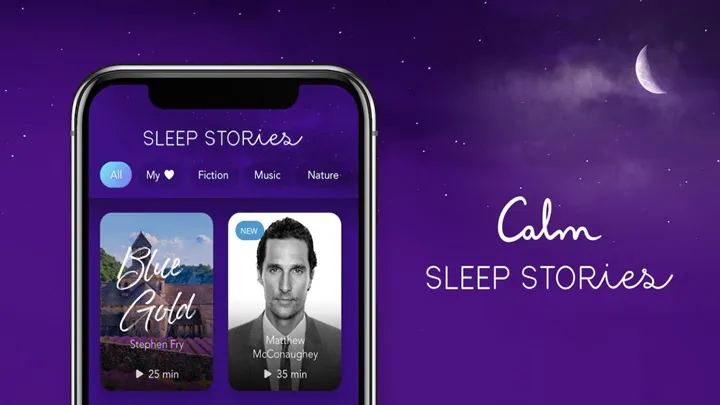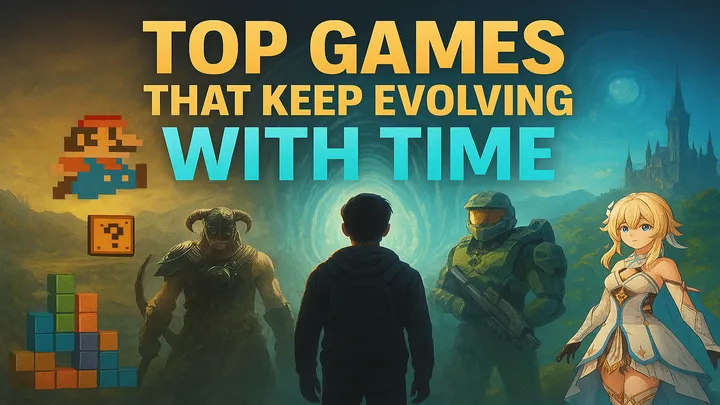Introduction
Stumble Guys, a popular multiplayer party game, has captured the hearts of gamers with its whimsical design and chaotic gameplay. Players navigate through obstacle courses, facing off against others in a race to the finish. While the game is designed for fun and lighthearted competition, it also presents several challenges, particularly in balancing the competitive aspects of play. This article delves deeply into the issue of competitive balance within Stumble Guys, exploring how it affects player experience, engagement, and the overall game environment.
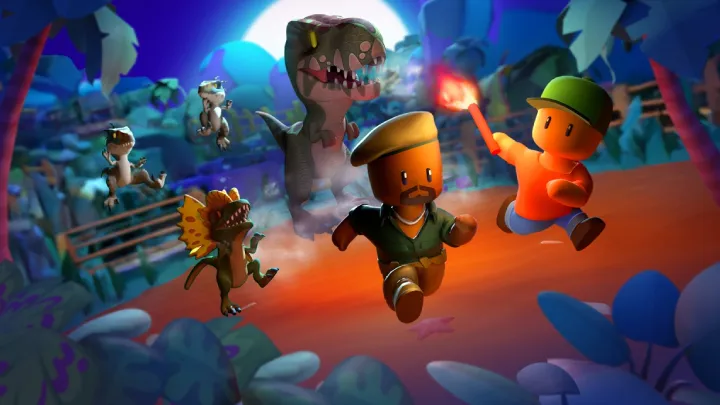
The Competitive Landscape of Stumble Guys
Stumble Guys positions itself uniquely within the realm of battle royale and party games, drawing inspiration from titles like Fall Guys. The competitive landscape of the game is shaped by various factors, including player skill levels, game mechanics, and map design.
Player Skill Diversity
One of the most significant challenges in Stumble Guys is the diversity of player skills. Players range from casual gamers who may be new to the genre to seasoned veterans who have mastered the mechanics. This disparity can lead to frustrating experiences for less experienced players, as they often find themselves eliminated early in rounds.
The Impact of Skill Gaps
- Frustration Levels: New players may quickly become discouraged when faced with highly skilled opponents.
- Engagement: The competitive environment can become less engaging for lower-skilled players, leading to decreased retention rates.
Game Mechanics and Physics
The physics engine and game mechanics of Stumble Guys play a crucial role in how competition unfolds. The wobbly movement and unpredictable interactions can lead to unexpected outcomes, which, while entertaining, can also feel unfair.
Unpredictability in Gameplay
- Randomness: Players may feel that random physics interactions can negate skill, leading to a perception of unfairness.
- Game Design: Developers must balance randomness with skill to maintain competitive integrity.
Maps and Obstacles: A Double-Edged Sword
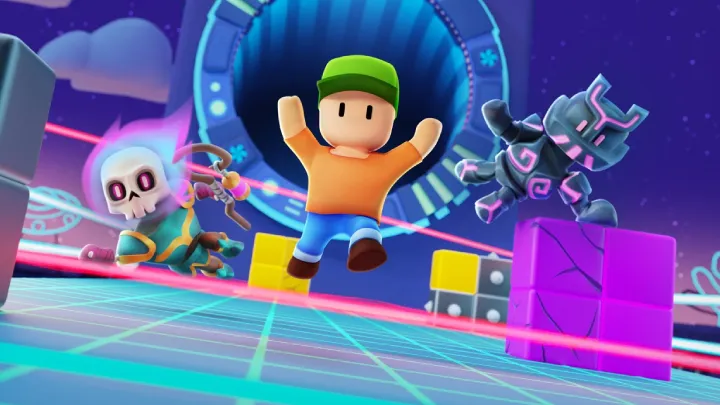
The design of maps and obstacles is central to the Stumble Guys experience. While they provide variety and excitement, they also contribute to competitive issues.
Map Variety and Design
Stumble Guys features a wide array of maps, each with unique challenges. While this variety is a strength, it can also pose problems for competitive balance.
Balancing Map Difficulty
- Skill-Based Challenges: Some maps may favor certain player skills over others, leading to imbalances.
- Learning Curve: Players who are familiar with specific maps may have an advantage, making it difficult for newcomers.
Obstacle Design and Player Experience
The obstacles within each map can also influence the competitive experience. Some obstacles are easier to navigate than others, which can lead to frustration among players.
The Role of Obstacle Difficulty
- Frustration Factors: Obstacles that are too challenging can lead to early eliminations, disproportionately affecting less skilled players.
- Skill Expression: Conversely, obstacles that are too easy may not allow skilled players to showcase their abilities.
The Role of Luck in Stumble Guys
Luck plays a significant role in Stumble Guys, often influencing the outcome of matches. While some level of unpredictability is essential for fun, too much can disrupt competitive balance.
The Luck Factor
In games like Stumble Guys, luck can determine which obstacles players face and how they interact with them. This randomness can create situations where skill is overshadowed by chance.
Balancing Luck and Skill
- Game Design Challenges: Developers must find a way to integrate luck while still allowing skill to shine through.
- Player Perceptions: Too much luck can lead to negative perceptions of fairness among players.
Community Reactions to Luck
Players’ reactions to the role of luck in competitive gameplay can vary widely. While some embrace the chaos, others prefer a more structured competitive experience.
Diverse Player Perspectives
- Casual Players: Many enjoy the unpredictability and find it adds to the fun.
- Competitive Players: Others may find it frustrating, feeling that true skill should dictate outcomes.
Competitive Modes and Player Engagement
Stumble Guys offers various game modes that can influence competitive dynamics. Understanding how these modes work can shed light on player engagement and experience.
Game Modes Overview
The game features multiple modes, each with different competitive structures. These modes can significantly affect how players interact with one another.
Key Game Modes
- Race Mode: Players compete to finish first, highlighting speed and obstacle navigation.
- Survival Mode: Players must avoid being eliminated, focusing on strategy and endurance.
Engagement Through Competition
Different modes can attract different types of players. Understanding these dynamics is essential for maintaining player engagement.
Competitive vs. Casual Players
- Mode Preferences: Competitive players may prefer modes that emphasize skill, while casual players might gravitate towards more relaxed gameplay.
- Game Balance: Ensuring each mode is balanced for all player types is crucial for long-term success.
Community and Social Dynamics
The community surrounding Stumble Guys plays a significant role in shaping the competitive landscape. Understanding these dynamics can provide insights into player experiences.
Community Building
The game's community is essential for fostering a sense of belonging among players. However, competitive play can sometimes create tension.
Social Interactions
- Friendly Rivalries: Some players enjoy competing with friends, which can enhance the experience.
- Toxicity: Conversely, competitive pressure can lead to negative interactions, impacting the community’s overall health.
Player Feedback and Developer Response
Community feedback is vital for game developers. Understanding player concerns about competitive balance can help inform future updates and improvements.
Importance of Listening
- Feedback Mechanisms: Developers should create channels for players to express their thoughts on balance issues.
- Iterative Improvements: Regular updates based on community feedback can enhance player satisfaction.
The Future of Competitive Balance in Stumble Guys
As Stumble Guys continues to evolve, the challenge of maintaining competitive balance remains a priority for developers. Future updates and improvements will play a critical role in shaping the game's competitive landscape.
Anticipated Changes
Developers are likely to explore various avenues to enhance competitive balance in Stumble Guys. These could include adjustments to game mechanics, map designs, and player matchmaking.
Potential Improvements
- Map Revisions: Regularly updating maps to ensure a balanced experience for all skill levels.
- Matchmaking Enhancements: Implementing more sophisticated matchmaking systems to pair players of similar skill levels.
Community Involvement in Development
Engaging the community in the development process can lead to more informed decisions about competitive balance.
Collaborative Efforts
- Beta Testing: Involving players in beta testing for new features can provide valuable insights.
- Surveys and Polls: Regularly conducting surveys can help gauge player sentiment regarding competitive balance.
Conclusion
Balancing competitive play in Stumble Guys is a multifaceted challenge that involves understanding player dynamics, game mechanics, and community interactions. As the game continues to evolve, addressing these issues will be crucial for maintaining player engagement and satisfaction. By listening to the community and implementing thoughtful changes, developers can enhance the competitive experience for all players, ensuring that Stumble Guys remains a beloved title in the multiplayer gaming landscape.










